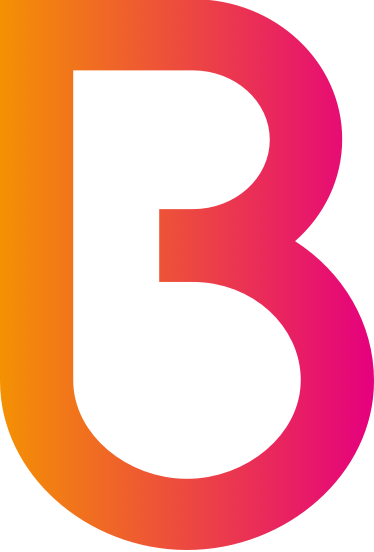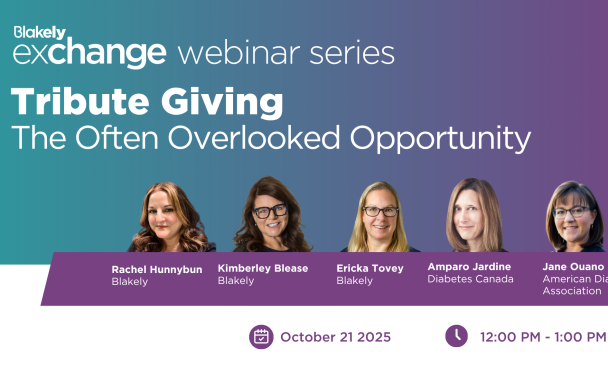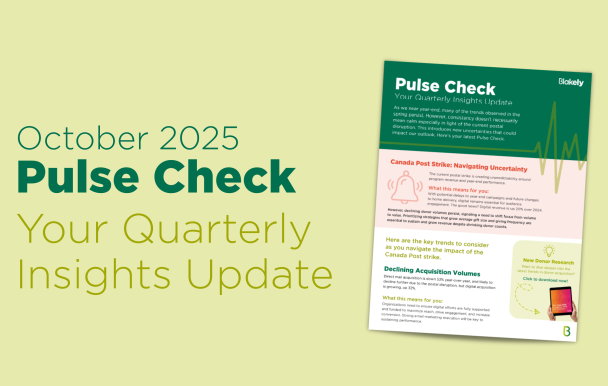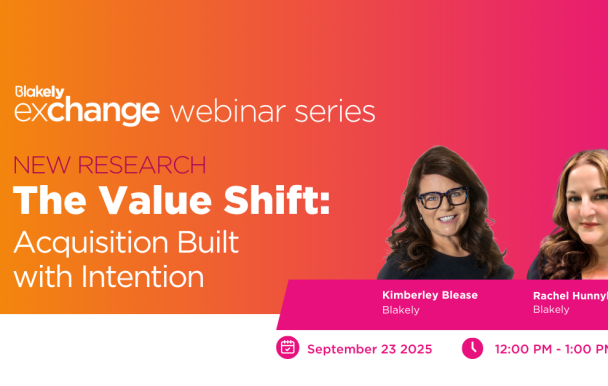
The Human Factor: How Insights Inspires Creative
When Harry McCann opened his namesake agency in 1912, he gave it a memorable motto — “Truth Well Told.” There’s a reason this iconic tagline is still in use today. Great creative can use imaginative storytelling, persuasive arguments or emotional appeals, but always requires a genuine, human truth.
As much as creatives crave freedom, most of us will tell you that the best work comes from a well-crafted brief. And most strategists will tell you how hard that is to write. The ideal brief is a “Goldilocks” situation: not too long, not too short, enough detail without being overstuffed with minutiae. But too often, creative briefs gloss over the most important element— the human insight that sparks awesome ideas.
What is human insight?
“Human insight,” like many strategic marketing terms, is often misunderstood and confused with data insights or needs/affinities-based insights. It’s most often confused with observational insights, which capture your target’s behaviour but doesn’t necessarily provide the human motivation behind it. You still need the “why?” which is what a true “human insight” can provide.
Defining a deep insight is hard for even the most seasoned strategist. So like any good creative, I did some research and looked for inspiration. Here are a few great definitions of “insight” I’ve found over the years:
“An unspoken truth that sheds new light on the problem” – Mark Pollard
“A discovery about the underlying motivations that drive people’s actions”– Jonathan Dalton, Thrive
“A penetrating observation about consumer behavior that can be applied to unlock growth” – Diageo
In other words, it’s an unexplored truth about your target audience’s life and mindset that reveals an unexpected way to connect with them. This is why insights are so vital to the creative process — they offer layers that can build to a better understanding of those truths.
But what does that look like for real?
Like everything else in marketing, the proof is in the pudding. All the strategies in the world won’t matter if the final work doesn’t bring it to life. The truest insight is actionable. It’s a handhold to start creating ideas. That’s why the best demonstration of an insight is the campaign ideas it inspired. So here are a few examples of legendary for-profit-sector campaigns that turned a sharp insight into a powerful creative idea:
Observation: Most people only think to buy milk when they need it and when they’ve run out.
Insight: They take it for granted that they have this basic kitchen staple on hand.
Idea: Got Milk?
This simple reminder to check the fridge inspired a generation to think about stocking up.
Observation: Most women say they don’t like most beauty product ads.
Insight: They do not see themselves in these unrealistic depictions of beauty.
Idea: Dove Campaign for Real Beauty (Unilever)
This affinity campaign positioned Dove as a champion of body positivity and a way to care for those bodies.
Observation: Not everyone aspires to be a competitive athlete.
Insight: Most of them see elite athleticism as unattainable and unrealistic.
Idea: Find your greatness. (Nike)
This brand idea inspired people to get active by celebrating individual ideas of achievement.
https://www.fastcompany.com/40556502/got-milk-how-the-iconic-campaign-came-to-be-25-years-ago
Why are human insights important to creative?
First, they’re a guidepost. The creative process is naturally subjective and open-ended. You can communicate a brand or fundraising message in many different ways but a laser-focused insight helps hone ideas to their sharpest expression.
Second, human insights also keep creative ideas relevant and authentic. Consumers are natural lie detectors. Donors are no different. They can sense intuitively when a marketing message feels genuine or authentic.
Third, an unexpected insight can help break through the noise. Your target sees a wall of marketing messages on every screen they use and they’re becoming numb (or hostile) to most of it. A unique emotional insight can make creative more meaningful and help differentiate your organization from the competition.
Here’s one example where we helped turned insights into an effective fundraising campaign:
Observation: Many people still associate cancer with a death sentence.
Insight: Most don’t realize the impact of cancer research is foundational to improving every aspect of cancer care and survival rates.
Idea: Outsmarting Cancer (Healthcare charity)
Execution: We expressed the idea in a variety of tactics (including video) to reveal how— before diagnosis, treatment and remission—research is vital.
At Blakely, we put human insights into action with every fundraising campaign we do.
Whether we are crafting an email series or building a creative platform to engage new audiences, our creative talent is able to draw from their experience and understanding of donors, as well as our analytics and donor experience insights, to connect with people to inspire action.
If you are looking for more connection and truth in your communications and campaigning, don’t hesitate to reach out. For more information on our analytics and affinity products, click here. To chat about your creative and strategy, click here.









